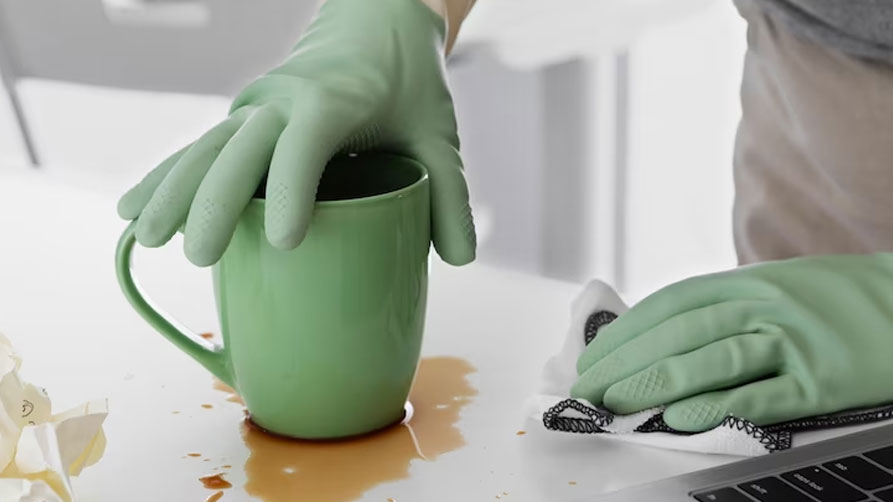The Science of Cleaning

The Science of Cleaning: How to Eliminate Germs and Bacteria in Your Home
Germs and bacteria are an inevitable part of our daily lives, and while not all of them are harmful, it is essential to keep our homes as clean and sanitary as possible. Understanding the science behind cleaning can help us make informed decisions about the best methods and products to use in our homes. This article will delve into the science of cleaning and provide practical tips on how to eliminate germs and bacteria effectively.
Know Your Enemy: Types of Germs and Bacteria
The first step in eliminating germs and bacteria is understanding the different types that exist. Microorganisms like bacteria, viruses, and fungi are the primary culprits responsible for spreading illnesses and causing infections. Knowing the specific types of germs you are targeting can help you choose the right cleaning methods and products to combat them.
The Role of Cleaning Agents
Cleaning agents, such as detergents and soaps, work by breaking down dirt, grease, and grime, allowing them to be easily wiped or rinsed away. They contain surfactants, which are compounds that reduce the surface tension of water, enabling it to mix with oil and dirt. This process helps to lift and remove dirt and contaminants from surfaces, making them visually clean. However, cleaning alone may not be enough to eliminate all harmful germs and bacteria.
The Power of Disinfectants
Disinfectants are chemical agents designed to kill or inactivate harmful microorganisms on surfaces. They can be used after cleaning to ensure that any remaining germs and bacteria are destroyed. Some common disinfectants include alcohol, bleach, and hydrogen peroxide. It is crucial to follow the manufacturer's instructions when using disinfectants, as incorrect usage may not be as effective in eliminating germs and may also damage surfaces.
High-Touch Surfaces: Hotspots for Germs
Germs and bacteria can be found on various surfaces in your home, but they tend to congregate on high-touch surfaces. These include doorknobs, light switches, countertops, and faucets. Regularly cleaning and disinfecting these areas is crucial in preventing the spread of germs and maintaining a healthy home environment.
The Importance of Hand Hygiene
One of the most effective ways to prevent the spread of germs and bacteria in your home is by practicing good hand hygiene. Washing your hands regularly with soap and water for at least 20 seconds can significantly reduce the number of harmful microorganisms on your hands. Additionally, using hand sanitizer with at least 60% alcohol can help eliminate germs when soap and water are not readily available.
The Role of Ventilation
Proper ventilation can play a significant role in maintaining a healthy home environment. Germs and bacteria thrive in damp, poorly ventilated spaces. Ensuring that your home has adequate airflow can help control moisture levels, reduce the growth of mold and mildew, and improve indoor air quality.
Adopting a Regular Cleaning Routine
Implementing a consistent cleaning routine is essential in maintaining a clean and germ-free home. Establish a schedule that includes regular cleaning and disinfecting of high-touch surfaces, as well as routine deep-cleaning tasks such as washing linens and vacuuming carpets. By sticking to a cleaning routine, you can ensure that your home remains a healthy and safe space for you and your family.
Understanding the science of cleaning can empower you to make informed decisions about the best methods and products to use in your home. By implementing a regular cleaning routine, focusing on high-touch surfaces, and using the appropriate cleaning agents and disinfectants, you can effectively eliminate germs and bacteria from your living environment. Stay vigilant about hand hygiene and
